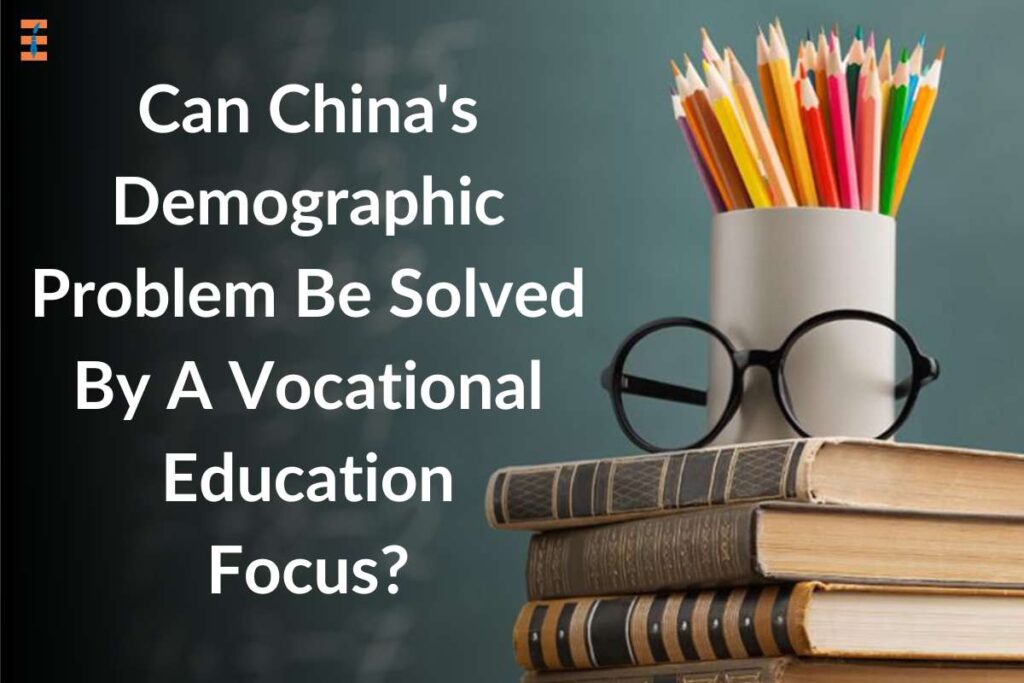According to an editorial published in the Communist Party’s leading publication on Tuesday, China wants to create the greatest vocational education system in the world to support its economic growth in the face of a rapidly ageing population. According to an editorial in the People’s Daily, vocational secondary schools and colleges will annually teach 10 million highly skilled people, adding that there are currently more than 200 million skilled workers and over 60 million highly skilled workers in the nation.
This week’s second editorial by the official organ of the party to discuss China’s demographic policy. As part of a mission to create a “high-quality population” to fuel future growth in the middle of a talent and technological war with the US, Chinese President Xi Jinping issued a call just two weeks prior.
For the first time in 60 years, China’s population decreased last year, dropping by 850,000 to 1.41 billion. And while China’s population is quickly ageing, creating a demographic concern for the country, India was recently named the world’s most populous country by the UN.
According to People’s Daily, raising people’s skill levels would lay the groundwork for “completely constructing a modern socialist country and revitalising the nation.” It was also stated that it would be crucial for boosting future economic growth. Although Beijing places a strong priority on developing talent, some experts believe that relying solely on vocational education will not be adequate to meet the upcoming demographic difficulties.
Building the largest vocational education system in the world and placing an excessive emphasis on technical training, according to Zhao Yaohui, professor of economics at Peking University’s National School of Development, would not offer a “complete” solution. Instead, she added, what are known as “general human capital” skills—communication, critical thinking, and rapid learning abilities—that can be acquired through a liberal arts education and were transferrable across vocations and industries were required.
Could vocational education focus solve China’s demographic challenge?|China In Depth
Particularly in light of demographic difficulties like ageing and other factors, she asserted that developing general human capital was more important for enhancing population quality. Zhao asserts that due to quick technology advancements, the specialised skills promoted by vocational training, such as mastering a particular machine or manufacturing process, might become obsolete in a matter of years.
She claimed that China had long supported vocational education, which wasn’t appropriate for the present day. This explains why it’s important for low-skilled people to develop general skills, as it will help them to be robust in the face of rapid technological change and prevent them from being excluded or pushed to the bottom of society.
Zhao stated that it was “obviously too high” to teach 10 million “high-quality skilled workers” annually. According to a study published last week by the official news agency Xinhua, 15 million individuals join the workforce every year.
The promotion of vocational education in secondary schools, which Zhao viewed as “not something good” for kids who were still in high school, also raised questions in his mind. She remarked that someone who acquired specific technical education too early might not have a wide range of skills. Zhao said that China’s educational model might be enhanced by taking some cues from the German system of vocational education.
According to her, the German system was tightly interwoven with industry and included practical internships as part of the regular curriculum, whereas certain vocational schools in China placed a greater emphasis on classroom instruction.
Increasing investments in human capital are acceptable, according to a Beijing-based specialist for a global organization, but “this professional workforce should be trained in response to labour demand.” We need to know where demand comes from in order to make a demand-driven investment, according to the expert, who asked to remain unnamed, given how work is changing and the implications of AI and automation.










